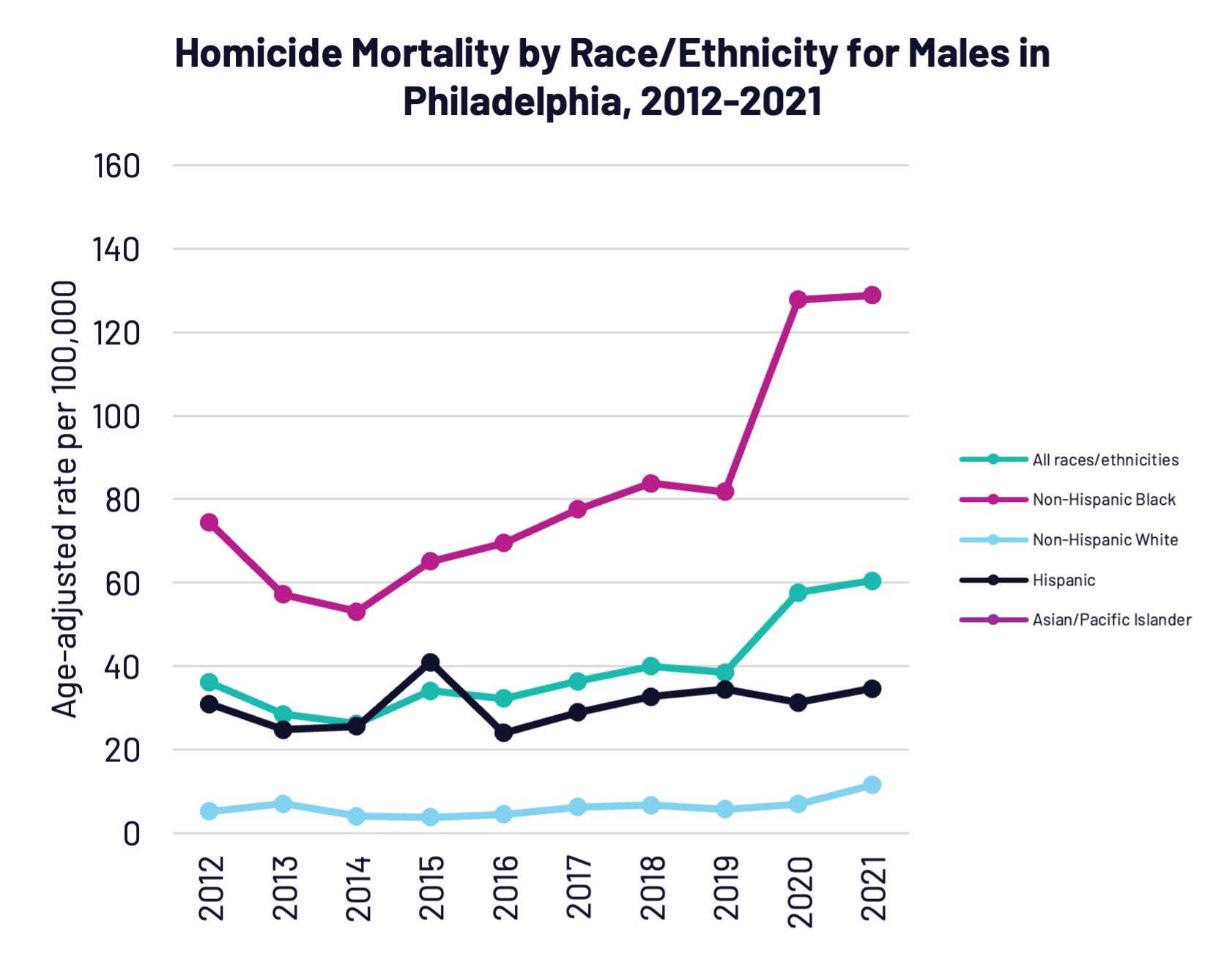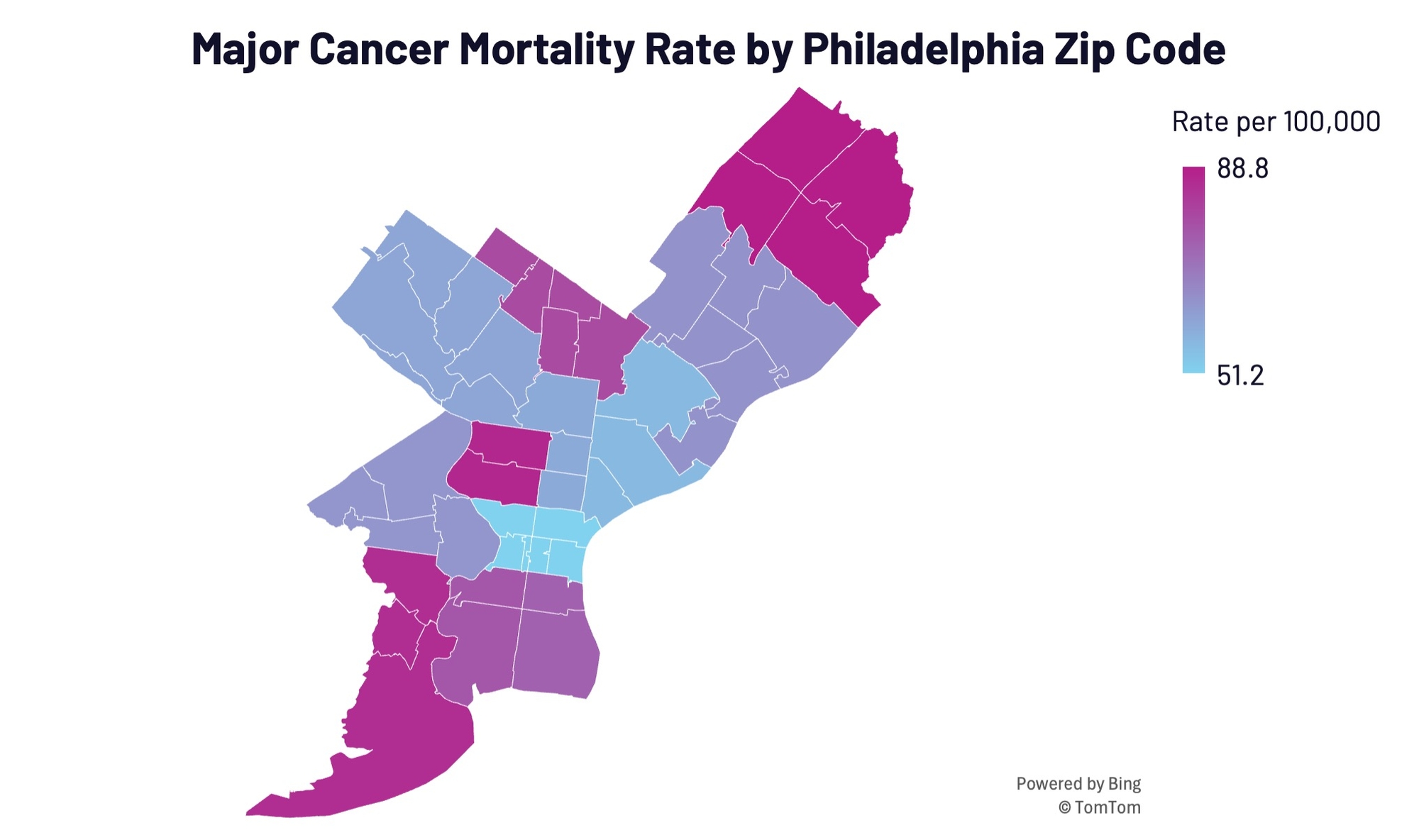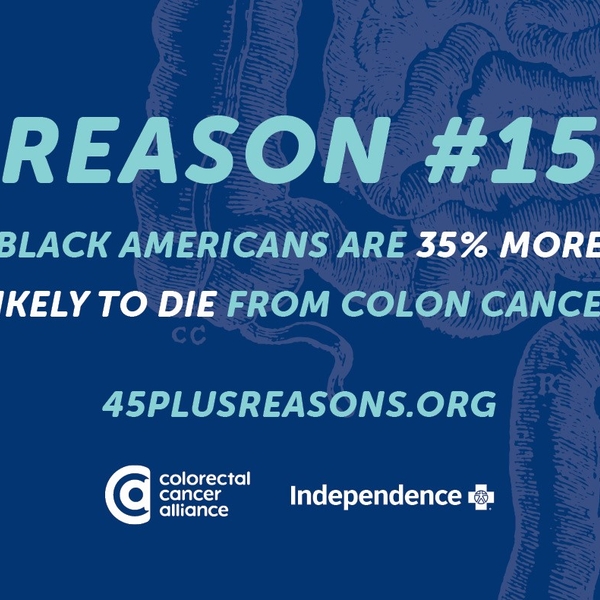Chronic Disease and Injury Prevention reflects the leading causes of mortality across Philadelphia County for all ages, including Cardiovascular Disease, Cancer, Accidents, COVID-19, and Cerebrovascular Disease (Regional Community Health Needs Assessment, 2025). AHE focuses on three of the leading drivers of mortality impacting Philadelphians:
 Cardiovascular Disease
Cardiovascular Disease
Premature Cardiovascular Disease Mortality, Hypertension-Related Preventable Hospitalizations, and Hypertension Prevalence
 Cancer
Cancer
Major Cancer Mortality, Major Cancer Incidence, Colorectal Cancer Screening, and Mammography Screening
 Violence and Safety
Violence and Safety
Homicide Mortality Rate, Violent Crime Rate, and Gun-Related ED Utilization
Key Metrics in Philadelphia
Cardiovascular disease is the leading cause of death in the United States and in Philadelphia. Non-Hispanic Black Philadelphians have a significantly higher rate of cardiovascular disease deaths compared to all other race/ethnicity groups in Philadelphia. Compared to Non-Hispanic White Philadelphians, Non-Hispanic Black Philadelphians have a 40 percent higher rate of cardiovascular disease deaths.
The leading causes of cancer-related death among Philadelphians include lung, colorectal, breast, and prostate cancer. This map highlights the distribution of major cancer mortality (including lung, colorectal, breast, and prostate cancers) across Philadelphia zip codes. In 2021, the highest rates of major cancer mortality per 100,000 were observed in Far Northeast Philadelphia, North Philadelphia – West, and Southwest Philadelphia.

Source: Philadelphia Department of Public Health (2023). Health of the City Report. Retrieved from https://philadelphiapublichealth.shinyapps.io/health-of-the-city
In 2021, Non-Hispanic Black men in Philadelphia experienced a 167 percent higher homicide mortality rate compared to Non-Hispanic White men. Overall, Non-Hispanic Black Philadelphians, including males and females, experienced the highest rates of homicide mortality compared to all other race/ethnicity groups.
A Comprehensive Approach to Reduce Disparities
Chronic Disease and Injury Prevention requires whole person healthcare and healthcare systems. Disparities in chronic disease and injury prevention are influenced by systemic, community, and individual health-related factors. These factors include medical comorbidities, access to primary and specialty care providers, increased psychological stress, experiences of stigma, bias, and discrimination in healthcare settings, limited access to healthy foods, difficulty paying for housing and utilities, and neighborhood conditions. These factors do not equally impact chronic disease and injury prevention but interact and influence significant health outcomes.
Approaches to improve chronic disease and injury prevention must work to support the whole person in the context of the community in which they live and the systems that influence the quality of life in that community.






